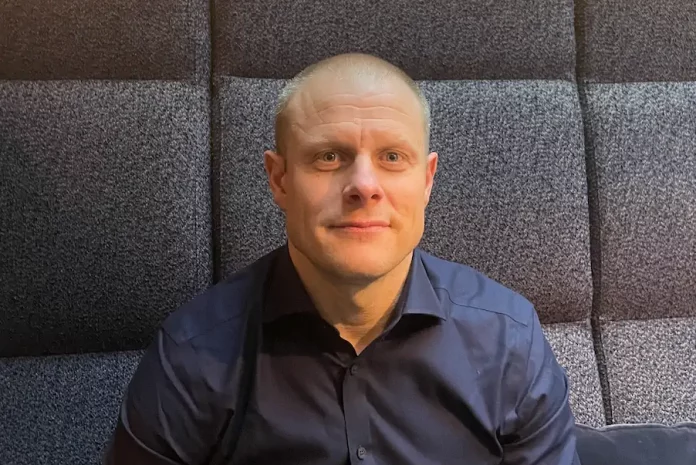Some have linked the rise in mortality in farmed salmon to decreasing levels of omega-3 rich ingredients in feed. Could krill be the answer?
With percentages of omega-3 rich marine ingredients tracking downwards over recent years, while mortality rates trend upwards, the company is positioning itself as part of the solution to a problem that threatens the entire industry.
“At 22% inclusion, they’re going to hit rock bottom in terms of how far down they can go before it really starts to hurt in terms of mortality, health and fish welfare,” Johansen told SalmonBusiness.
For Aker BioMarine this mean looking into the option to expand its fleet to harvest more krill, as the shift in market dynamics enhances the competitiveness of krill oil as an alternative to fish oil, which sees increasing demand while production remains flat.
DNB links borrowing costs to welfare goals as bank exec calls mortality crisis ‘unacceptable’
Johansen compared the situation to other commodities, pointing to the example of pig farming in China, where high feed prices typically lead to reduced production, resulting in a natural cyclical effect, with market mechanisms balancing supply and demand. With salmon, however, this model doesn’t seem to apply.
“It’s so profitable that even if omega-three prices doubled from today’s high levels, it would still be profitable for the farmers. They would hate it, right? But they will still produce,” he said.
Production rising
The problem of supply is compounded by the idea that salmon production in Norway is set to triple over the next 20-30 years.
“At that scale of production, you can’t keep 20%, there’s never going be enough marine ingredients. So what are the alternatives that can fill that gap? Krill is one of them. Algae, is another but it’s still quite small volumes, after that its the wild fisheries. It is a massive problem, and one that everybody needs to come and work together to solve.”
To help meet this need, the company is actively looking at new possibilities for the fleet, with Johansen revealing to SalmonBusiness an option for a fourth generation vessel with enhanced capacity, at a projected cost of $200 million. The vessel would be expected to contribute to a significant increase in total production.
The project, however, is in the early planning stages, with a timeline of at least three years from planning to commissioning.
What is ESG and why have the Global Salmon Initiative launched a tool to measure it?
Supply is flat
The CEO of Aker BioMarine underscored the mounting pressure within the industry: “We’ve been seeing industry growth at 4 or 5% per year, and at the same time, at best, the supply of marine ingredients is flat, and what’s happening now is it is even coming down, but this is a squeeze that is just going get worse and worse as time goes by.”
This imbalance between demand and supply highlights the urgent need for innovative solutions in the marine ingredients sector. Aker BioMarine has responded to this challenge head-on. The company has taken significant strides in innovation, notably through the development of a predictive model and the use of drones for more efficient krill harvesting, which it claims have boosted catch volumes by as much as 15%.
The potential of krill as a remedy to the soaring mortality rates in salmon farming is a tantalising prospect. Yet, the realization of this potential is contingent on obtaining further capital.
To fully realize this ambition, In February Aker BioMarine initiated a strategic review to evaluate the possibility of bringing in another partner to develop the full potential of the business, according to Johansen.
Johansen reflected on the journey, “We went into this project being a little bit naive, which was good. Because if we hadn’t been, we would never have done it. But now, we’re one of those few new sustainable raw materials that have been scaled to profitability.”









